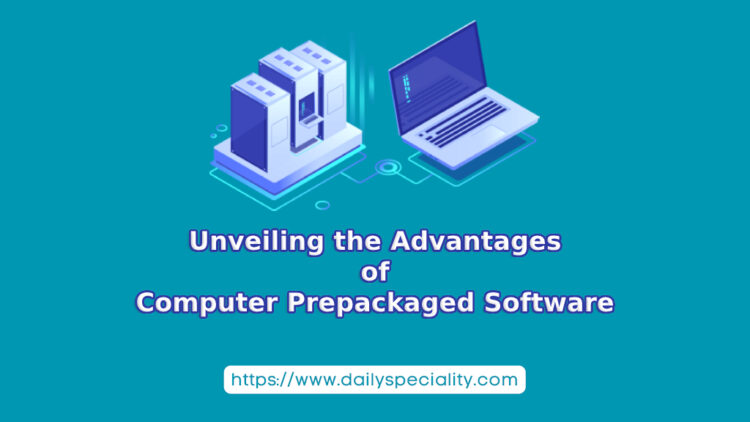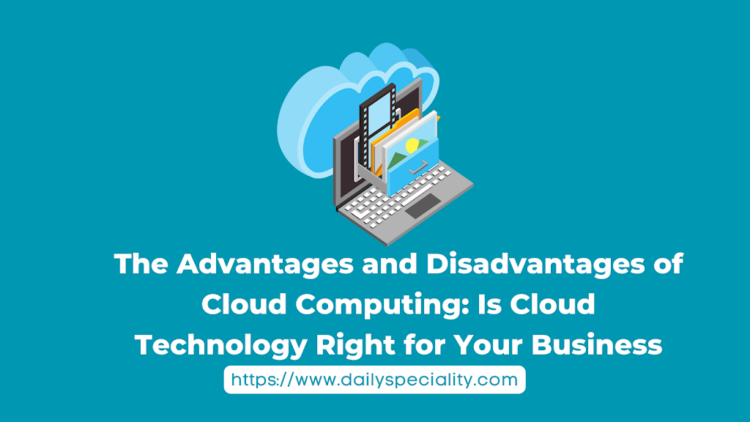
Introduction
Dailyspeciality.com – The amount of data being generated is growing at an unprecedented rate. From IoT devices to social media platforms, data is being generated at an exponential pace, and this data needs to be processed quickly and efficiently in order to be useful. This is where edge computing comes in.
Edge computing is a method of data processing that involves bringing computing power closer to the source of data. Instead of sending data to a central location, such as a cloud server, edge computing processes data locally, at or near the device that generated it. This allows for faster processing times, reduced latency, and improved efficiency.
As the world becomes increasingly digitized, edge computing is becoming increasingly important as a way to process data in real-time, without relying on centralized servers that may be far away. Edge computing is particularly useful in the context of the Internet of Things (IoT), as it allows for real-time processing of data generated by IoT devices. It can also be used in autonomous vehicles, healthcare, video streaming, and gaming, among other applications.
While edge computing has many advantages, such as reduced latency, increased efficiency, improved security, and cost-effectiveness, it also poses some challenges and limitations. These include complexity, data management, security risks, and limited scalability. However, as edge computing technology continues to evolve, there are expected to be significant innovations in areas such as data management, security, and scalability.
Edge computing is predicted to grow significantly in the coming years, with significant implications for various industries and the way we process and manage data. As businesses and individuals navigate this changing landscape, it will be important to stay up-to-date on the latest developments and explore the potential applications and benefits of edge computing.
A. Explanation of Edge Computing
Edge computing is a method of data processing that involves bringing computing power closer to the source of data. Instead of sending data to a central location, such as a cloud server, edge computing processes data locally, at or near the device that generated it. This allows for faster processing times, reduced latency, and improved efficiency.
B. Importance of Edge Computing in the Future
As the world becomes increasingly digitized, the volume of data being generated is growing exponentially. This data needs to be processed quickly and efficiently in order to be useful. Edge computing is becoming increasingly important as a way to process this data in real-time, without relying on centralized servers that may be far away.
C. Purpose of the Article
The purpose of this article is to explore the concept of edge computing in detail, including its definition, how it works, its advantages and disadvantages, and its potential applications in various industries. We will also examine the challenges and limitations of edge computing, as well as its predicted growth and potential innovations in the future.
What is Edge Computing
A. Definition of Edge Computing
B. How Edge Computing Works
C. Comparison of Edge Computing and Cloud Computing

Advantages of Edge Computing
A. Reduced Latency
One of the main advantages of edge computing is reduced latency. By processing data locally, at or near the source of the data, edge computing can reduce the time it takes for data to be processed and returned to the user.
B. Increased Efficiency
Edge computing can also increase efficiency by reducing the amount of data that needs to be sent to centralized servers for processing. This can save time and reduce network congestion.
C. Improved Security
Edge computing can also improve security by keeping sensitive data closer to the source of the data. This can reduce the risk of data breaches and other security risks associated with transmitting data over long distances.
D. Cost Effectiveness
Edge computing can also be more cost-effective than cloud computing, as it can reduce the need for expensive centralized servers and other infrastructure.

Applications of Edge Computing
A. Internet of Things (IoT)
Edge computing is particularly useful in the context of the Internet of Things (IoT), as it allows for real-time processing of data generated by IoT devices.
B. Autonomous Vehicles
Edge computing can also be used in autonomous vehicles, allowing for real-time processing of data from sensors and other sources.
C. Healthcare
Edge computing can be used in healthcare to process data from medical devices and sensors, allowing for real-time monitoring of patients and improved patient outcomes.
D. Video Streaming
Edge computing can also be used in video streaming, allowing for faster and more efficient processing of data and reducing the risk of buffering or other issues.
E. Gaming
Edge computing can also be used in gaming, allowing for real-time processing of data and reducing the risk of lag or other issues.

Challenges and Limitations of Edge Computing
A. Complexity
One of the main challenges of edge computing is its complexity, as it involves managing multiple devices and systems in a decentralized network.
B. Data Management
Data management can also be a challenge in edge computing, as it involves managing data across multiple locations and devices.
C. Security Risks
Edge computing can also pose security risks, as sensitive data may be stored on local devices that may be more vulnerable to security breaches.
D. Limited Scalability
Edge computing can also be limited in terms of scalability, as it may be difficult to manage large numbers of decentralized devices and systems.

Future of Edge Computing
A. Predicted Growth of Edge Computing
Edge computing is predicted to grow significantly in the coming years, as more devices become connected to the internet and the volume of data being generated continues to increase.
B. Impact of Edge Computing on Industries
Edge computing is expected to have a significant impact on various industries, including healthcare, transportation, and manufacturing.
C. Potential Innovations in Edge Computing
As edge computing technology continues to evolve, there are expected to be significant innovations in areas such as data management, security, and scalability.





